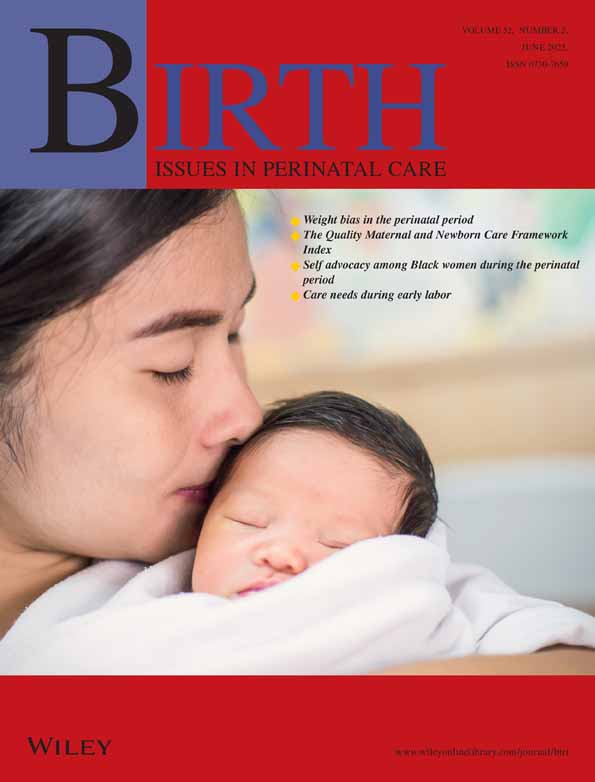Intravenous Therapy for Women in Labor: Implementation of a Practice Change
Abstract
Background: Intravenous therapy for women in labor has been routinely administered in many North American hospitals since the 1950s. The purpose of this study was to evaluate a change in intravenous therapy practice. Methods: The evaluation study, using a posttest, quasi-experimental design, examined the responses of women in labor and nurses to a questionnaire. Proxy prestudy cohort data were used for comparison of some patient outcomes. The convenience sample comprised 219 women admitted to the labor and delivery unit of a community hospital in Toronto, Ontario, between August and October 1997. Results: Under the new intravenous therapy protocol, 26 percent of the women in labor did not receive intravenous therapy compared with 100 percent under the old protocol. The primary reasons for therapy were to enable administration of prescribed medication and bolus intravenous administration associated with epidural anesthesia. At the first after-delivery void, 61 percent of study women—65 percent of those who received intravenous therapy and 50 percent of those who received no intravenous therapy—tested negative for ketonuria. All 119 comments from nurses indicated comfort with their judgments related to the initiation of intravenous therapy. Conclusions: The change in the intravenous therapy protocol was supported by the study findings. Nurses should increase patient education about drinking and eating adequately throughout labor if appropriate, and resuming adequate fluid and food intake as quickly as possible after childbirth.




